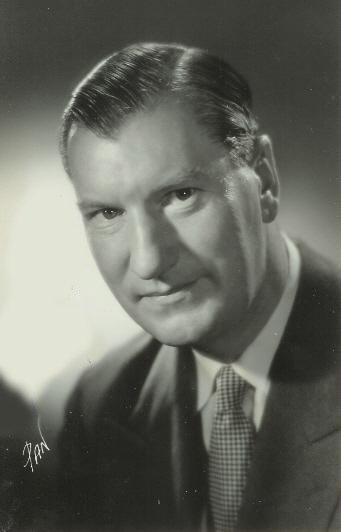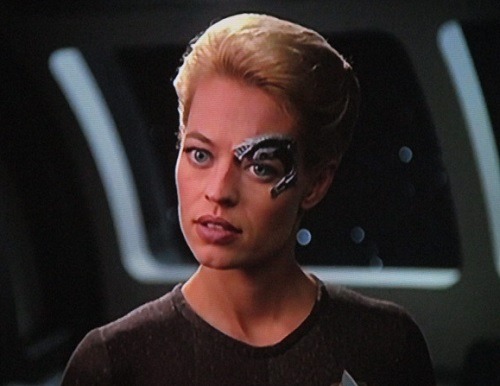Post by Teleadm on Nov 10, 2023 22:36:48 GMT
Considered to be one of the great directors of French cinema before WW II together with Jean Renoir, Julien Duvivier and Marcel Carné, and was considered passé after WW II and even worse considered by the new French wavers in the 1950's as making movies for "old ladies who only watch two cinema movies a year", hard words from a young François Truffaut in magazine "Cahiers du cinéma" magazine in the 1950's.
Actually he was a very successful director before, during and after WWII, and also a writer of books.
This year we celebrate his 125th birthdate as René-Lucien Chomette in Paris France.

René Clair (1898-1981)
His usual theme throughout his directorial career would be dreams and fantasies.

His first directorial effort was the surealistic dadaism short movie Entr'acte 1924.

He begun to find his niche with The Phantom of the Moulin Rouge aka Le fantôme du Moulin-Rouge 1925 combining comedy and fantasy.

Un chapeau de paille d'Italie aka The Italian Straw Hat 1928, was a big worldwide success, sadly now nearly forgotten, but it made his name well known outside France.
He went from one of the objectors of sound movies to understand how to use sound, not necessarily using sounds that is visible.

Sous les toits de Paris aka Under the Bridges of Paris 1930, probably the earliest French example of a filmed musical-comedy, although its often dark tone differentiates it from other instances of the genre. It was the first French production of the sound film era to achieve great international success.

Le Million 1931 about a race between two poor painters racing all over Paris to find a lottery ticket hidden in a jacket.
Renown American film critic Pauline Keal wrote" "René Clair at his exquisite best; no one else has ever been able to make a comedy move with such delicate, dreamlike inevitability, This movie is lyrical, choreographic, giddy--it's the best French musical of its period"
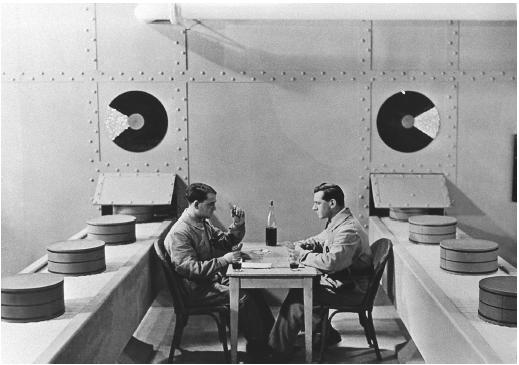
À nous la liberté 1931.
Unusual for the era but this was actually nominated for an Oscar for best Art Direction.
A comedy about the dangers of machines taking over, considered left-wing once.
When Chaplin made "Modern Times" in 1936, it was noted that some parts of it bore a marked similarity to scenes in À nous la liberté, and the production company Tobis launched a lawsuit for plagiarism against United Artists, the producers of Chaplin's film. Clair was embarrassed by this since he acknowledged his own debt to the spirit of Chaplin, and he refused to be associated with the action.

Quatorze Juillet aka Bastille Day 1933, forgotten now but once popular thanks to star Annabella (who did a few movies in Holliwood).
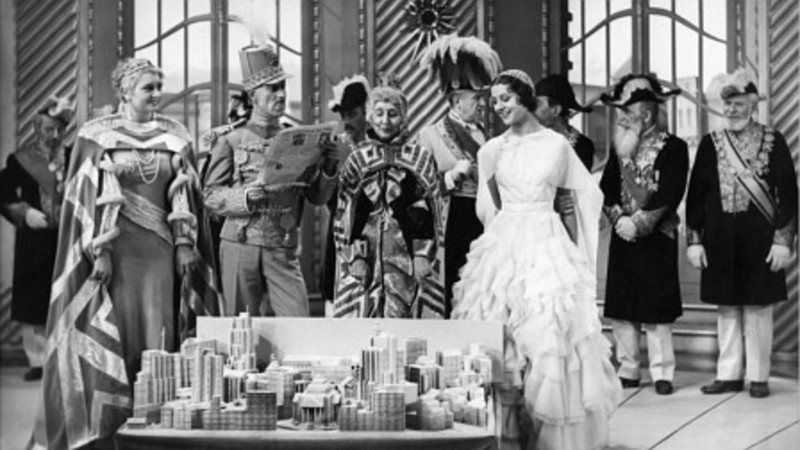
Le dernier milliardaire aka The Last Billionaire 1934, the director's first flop, about a billionaire invited to a small country to lead it and goes insane.
Last French Clair movie until 1947.
While traveling to England he met producer Alexander Korda who gave him a contract and a movie to take charge of...

The Ghost Goes West 1935 starring popular Robert Donat.
The film shows an Old World ghost dealing with American materialism.
Author Grahame Greene praised the movie highlighting the directors genius.

Break the News 1938 starring Maurice Chevalier and Jack Buchanan, both stars on their way down, but both of them would get great comebacks in the 1950's.
For some critics it was the nail in the coffin for Clair.
He was actually promised a great contract if he travelled to New York, but that contracts was dissolved even before he reached New York Harbor, and he went straight to buy a train ticket to Hollywood, and at the same time his French visa was dissolved by the so called Vichy Government.

The Flame of New Orleans 1941 starring Marlene Dietrich.
While not a flop, it disappointed commercially.

I Married a Witch 1942 starring Frederic March and Veronica Lake.
A moderate success at the time it has become more popular over the years.

It Happened Tomorrow 1944 starring Dick Powell, who learn about news one day before things happens.
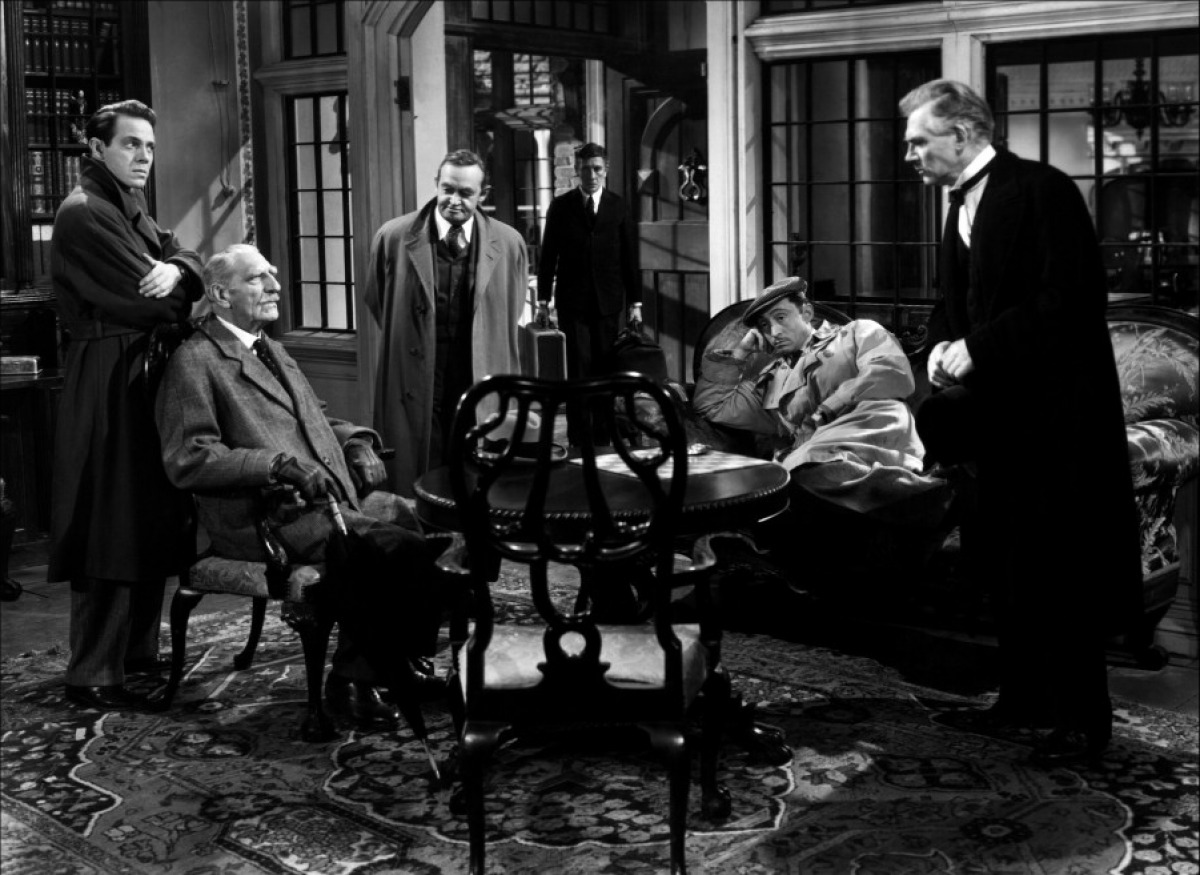
And Then There Were None 1945, while there is very little of the directors touches, it became his commercially most successful movie worldwide. Thanks to slipping into Public Domain it's still viewed all over the world.
Returning to France his citizenship was re-instated.

Le silence est d'or aka Man About Town 1947, starring Maurice Chevalier.
While the director's return to France was heralded, the general audiences thought it was too advanced.
Clair himself called this his favorite among those he directed himself.

La Beauté du diable aka Beauty and the Devil 1950, loosely based on Faust and starring Michel Simon and Gérard Philipe.
Philipe had become so popular that everything he was in became commercially successful both in France and internationally, and became a sort of male muse in three movies in a row for Clair.

Les Belles de nuit aka Beauties of the Night 1952 starring Gérard Philipe as a dreamer who wished he was in France in historic times, and Gina Lollobrigida was just under his nose, without make-up, as a cashier.

Les Grandes Manœuvres aka The Grand Maneuve 1955. The directors first film in color.
Third and last with Philllpe and all commercially successful.
A romantic comedy-drama set in a French provincial town just before World War I.
Based on the fictional stories of Don Juan.

Porte des Lilas aka Gates of Paris 1957 starring Pierre Brasseur as a bum and never-do-well who suddenly comes into money thanks to hiding a criminal.
The film was nominated for the Academy Award for Best Foreign Language Film and a BAFTA Award in 1958.

Tout l'or du monde aka All the Gold in the World 1961 starring popular comedian Bourvil.

Les fêtes galantes aka The Lace Wars 1965, was Clair's screen farewell as director, a forgettable farce about Kings who forgets what day it was supposed to be war.
Actually he directed one more thing, an episode of Les fables de La Fontaine called Les deux Pigeons for TV 1966.
Thanks to his many years in journalism he knew how to write, and published many books between 1926 and 1976, covering all kinds of subjects, few of them fictional.
In 1972 he staged Gluck's Orphée for the Paris Opéra.

First published in 1998, there are others, some even in English.
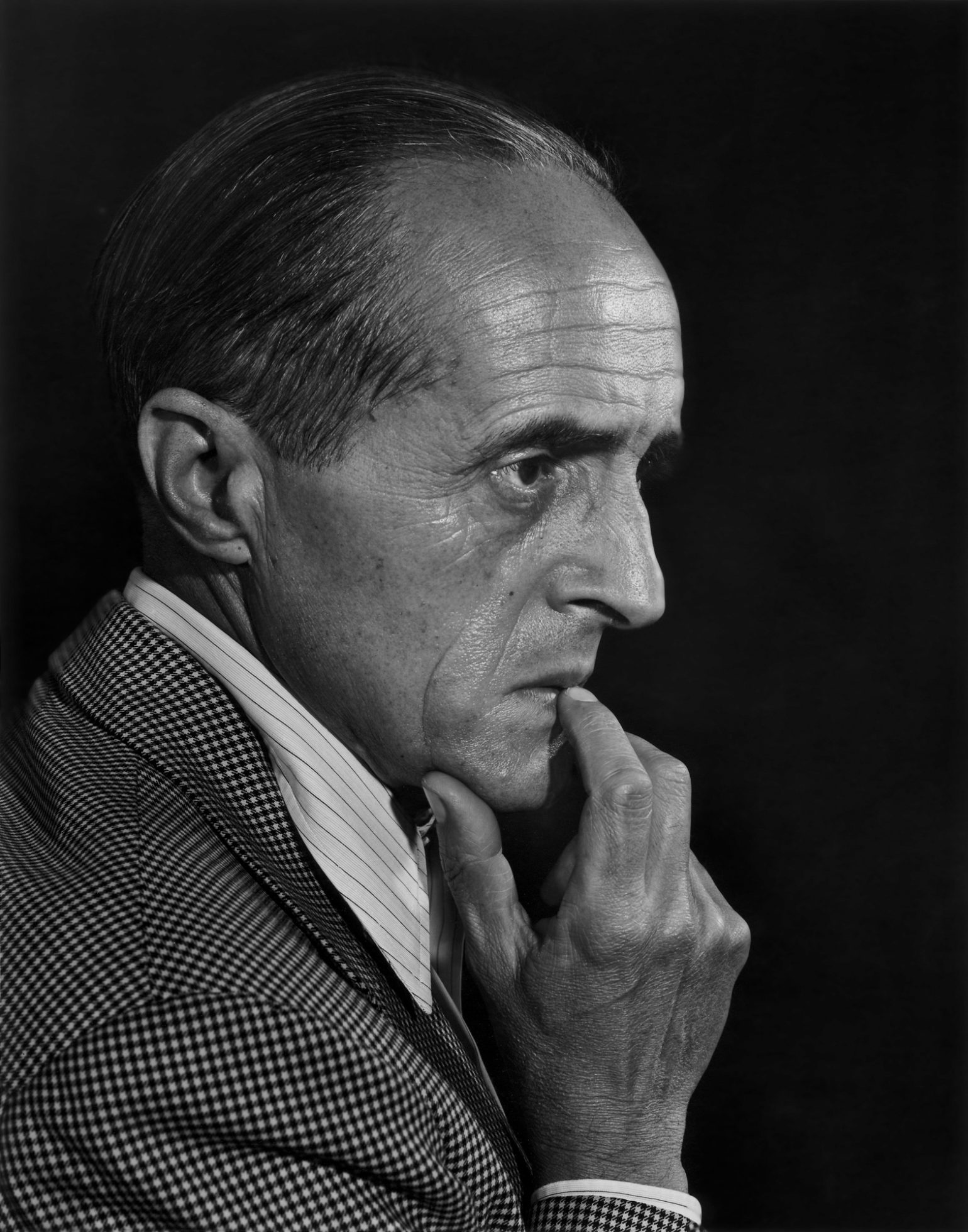
Thanks for watching!
Opinions of all kinds are welcome!
Actually he was a very successful director before, during and after WWII, and also a writer of books.
This year we celebrate his 125th birthdate as René-Lucien Chomette in Paris France.

René Clair (1898-1981)
His usual theme throughout his directorial career would be dreams and fantasies.

His first directorial effort was the surealistic dadaism short movie Entr'acte 1924.

He begun to find his niche with The Phantom of the Moulin Rouge aka Le fantôme du Moulin-Rouge 1925 combining comedy and fantasy.

Un chapeau de paille d'Italie aka The Italian Straw Hat 1928, was a big worldwide success, sadly now nearly forgotten, but it made his name well known outside France.
He went from one of the objectors of sound movies to understand how to use sound, not necessarily using sounds that is visible.

Sous les toits de Paris aka Under the Bridges of Paris 1930, probably the earliest French example of a filmed musical-comedy, although its often dark tone differentiates it from other instances of the genre. It was the first French production of the sound film era to achieve great international success.

Le Million 1931 about a race between two poor painters racing all over Paris to find a lottery ticket hidden in a jacket.
Renown American film critic Pauline Keal wrote" "René Clair at his exquisite best; no one else has ever been able to make a comedy move with such delicate, dreamlike inevitability, This movie is lyrical, choreographic, giddy--it's the best French musical of its period"

À nous la liberté 1931.
Unusual for the era but this was actually nominated for an Oscar for best Art Direction.
A comedy about the dangers of machines taking over, considered left-wing once.
When Chaplin made "Modern Times" in 1936, it was noted that some parts of it bore a marked similarity to scenes in À nous la liberté, and the production company Tobis launched a lawsuit for plagiarism against United Artists, the producers of Chaplin's film. Clair was embarrassed by this since he acknowledged his own debt to the spirit of Chaplin, and he refused to be associated with the action.

Quatorze Juillet aka Bastille Day 1933, forgotten now but once popular thanks to star Annabella (who did a few movies in Holliwood).

Le dernier milliardaire aka The Last Billionaire 1934, the director's first flop, about a billionaire invited to a small country to lead it and goes insane.
Last French Clair movie until 1947.
While traveling to England he met producer Alexander Korda who gave him a contract and a movie to take charge of...

The Ghost Goes West 1935 starring popular Robert Donat.
The film shows an Old World ghost dealing with American materialism.
Author Grahame Greene praised the movie highlighting the directors genius.

Break the News 1938 starring Maurice Chevalier and Jack Buchanan, both stars on their way down, but both of them would get great comebacks in the 1950's.
For some critics it was the nail in the coffin for Clair.
He was actually promised a great contract if he travelled to New York, but that contracts was dissolved even before he reached New York Harbor, and he went straight to buy a train ticket to Hollywood, and at the same time his French visa was dissolved by the so called Vichy Government.

The Flame of New Orleans 1941 starring Marlene Dietrich.
While not a flop, it disappointed commercially.

I Married a Witch 1942 starring Frederic March and Veronica Lake.
A moderate success at the time it has become more popular over the years.

It Happened Tomorrow 1944 starring Dick Powell, who learn about news one day before things happens.

And Then There Were None 1945, while there is very little of the directors touches, it became his commercially most successful movie worldwide. Thanks to slipping into Public Domain it's still viewed all over the world.
Returning to France his citizenship was re-instated.

Le silence est d'or aka Man About Town 1947, starring Maurice Chevalier.
While the director's return to France was heralded, the general audiences thought it was too advanced.
Clair himself called this his favorite among those he directed himself.

La Beauté du diable aka Beauty and the Devil 1950, loosely based on Faust and starring Michel Simon and Gérard Philipe.
Philipe had become so popular that everything he was in became commercially successful both in France and internationally, and became a sort of male muse in three movies in a row for Clair.

Les Belles de nuit aka Beauties of the Night 1952 starring Gérard Philipe as a dreamer who wished he was in France in historic times, and Gina Lollobrigida was just under his nose, without make-up, as a cashier.

Les Grandes Manœuvres aka The Grand Maneuve 1955. The directors first film in color.
Third and last with Philllpe and all commercially successful.
A romantic comedy-drama set in a French provincial town just before World War I.
Based on the fictional stories of Don Juan.

Porte des Lilas aka Gates of Paris 1957 starring Pierre Brasseur as a bum and never-do-well who suddenly comes into money thanks to hiding a criminal.
The film was nominated for the Academy Award for Best Foreign Language Film and a BAFTA Award in 1958.

Tout l'or du monde aka All the Gold in the World 1961 starring popular comedian Bourvil.

Les fêtes galantes aka The Lace Wars 1965, was Clair's screen farewell as director, a forgettable farce about Kings who forgets what day it was supposed to be war.
Actually he directed one more thing, an episode of Les fables de La Fontaine called Les deux Pigeons for TV 1966.
Thanks to his many years in journalism he knew how to write, and published many books between 1926 and 1976, covering all kinds of subjects, few of them fictional.
In 1972 he staged Gluck's Orphée for the Paris Opéra.

First published in 1998, there are others, some even in English.

Thanks for watching!
Opinions of all kinds are welcome!

